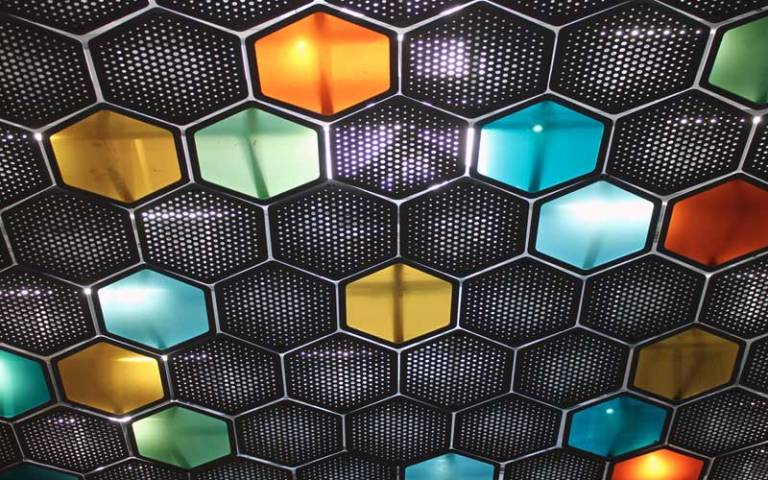Spray-on cells to build synthetic organs
Regenerative medicine has the potential to revolutionise healthcare, but it still has many outstanding engineering challenges

4 December 2018
While life scientists have the ability to grow cells that are a perfect genetic match with the patient, tissues need more than just cells. They also have distinctive shape and structure which must be accurately reproduced to successfully create replacement organs. Bridging the gap between cell culturing and tissue generation are engineers.
Dr Suwan Jayasinghe (UCL Mechanical Engineering) and colleagues have worked on technology to direct and position cells into the bigger structures needed. Cells are suspended in a liquid, loaded into a needle at high voltage, and squirted out using an electric field to shape and direct them. This creates a fine jet of cell-laden solutions, which can be laid down in precise shapes to create 3D prints combining scaffolding and living cells.
To grow replacement organs for cutting-edge surgeries, or to patch injuries, scientists build a scaffold out of biocompatible material and grow cells tailor-made for the patient’s body over it. Without printing techniques, medics had to wait for the cells to migrate and grow throughout the structure – and this happens in their own good time. But with new engineering tools, cells can be distributed throughout 3D structures, in the right combinations and places from the start.
Cells could also be used directly on or in the body. Using a system of needles within needles, hollow tubes of biocompatible polymer with a core of living cells can be projected out to cover a wound. These fibres bind a damaged site together and provide support while the cells inside develop – before dissolving to leave healthy, strong and brand new tissue.
Just one example of how research at UCL Mechanical Engineering could change the world.
 Close
Close

